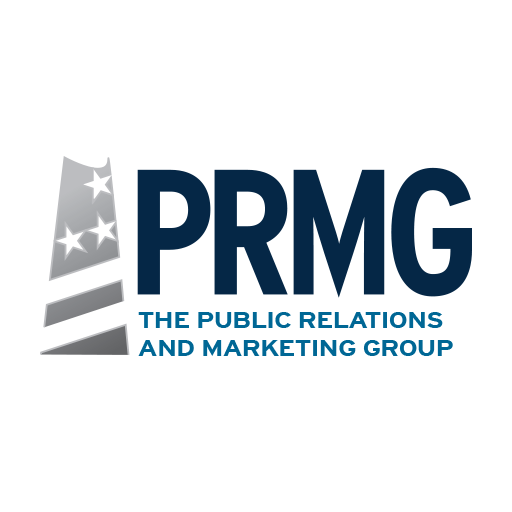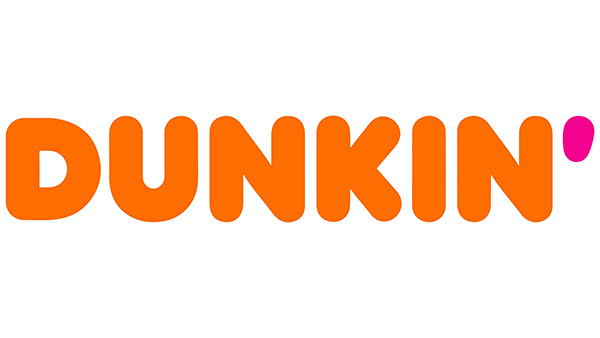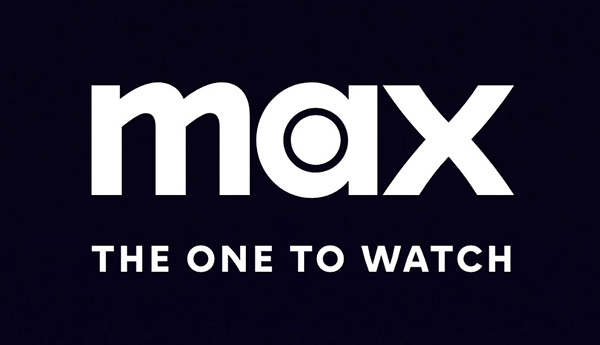Implementing an Advertising Strategy
You are doing everything low cost that you are supposed to do. However, it may not be enough. It may be time to start advertising. For all forms of advertising, it is helpful to ask these questions when developing an advertising campaign:
• Who are our current customers or clients?• What percentage of our customers/clients lives within a certain geographic areas?
• What percentage of our customers/clients falls into our various business areas?
• What is their age range?
• Are they male or female?
• Where do most of our current clients come from?
o Do they come from ads?
o Do they come from referrals?
o Do they come from street traffic?
o Do they come from the web?
• Who is our targeted audiences?
• Who should be our customers/clients but aren’t?
• How much money do we have to spend?
• What form(s) of advertising are our targets most likely to be exposed to?
Once you answered these questions, here are some strategic considerations
If your customers or clients come primarily from referrals, then consider:
• Trade publications
• Direct marketing to membership lists
• Participation in professional organizations and their events.
If your clients come from a wide geographic area, then consider TV or radio advertising. If from a narrower geographic area, then consider local newspaper advertising, direct mail, D-Cards, ad word and social media advertising.
One of the best places to start advertising is on the Web. Use Google AdWords and other search engines to create an advertising campaign at a budget level you are comfortable with. Create landing pages corresponding with your ads that include a method, such as downloadable content or a coupon, to collect e-mail addresses. Set this form to dump the contact information into your e-mail distribution program. You can set up triggers to provide automatic follow-up to these new prospects and begin to send them your regular e-mails and e-newsletters.
If you are in the restaurant or retail business, you may also consider advertising on Facebook to build more contacts. Like Google AdWords, Facebook ads only require the advertiser to pay for the number of times an ad is clicked-through. (On Facebook, you can pay for impressions or clicks. However, we recommend only paying for click-throughs.) In order to purchase Facebook ads, your organization must have a Facebook business page, which is different than a personal page and is entitled to different privileges, while operating under different limitations. It is crucial to familiarize yourself or your dedicated staff member with Facebook’s terms of use so that you are not found to have violated the terms, which could result in your page being taken down and your email address banned from the site.
You may also want to consider “take over” e-mails or prominent ads on other organizations’ e-mail blasts that link to your landing pages. While these are more expensive than ad word campaigns, they more closely target your audience and provide faster results.
OK, we’ve done the web-based lower cost advertising; it may also make sense to engage in some targeted traditional advertising. Here are some strategies tailored for your business type:
Retail
• D-Cards, front page advertising in local Pennysavers and advertising papers. It is better to have a less frequent, more prominent ad.
• Direct mail to your demographic group in your geographic proximity. You may be able to send the same pieces to your current customers.
• Print advertising in specialty publications specific for your demographic, as well as web-based display advertising on sites that provide significant traffic and can show click-through statistics for other advertisers.
• Prominent ads in daily newspapers in sections read by your targeted audience. It’s better to have a less frequent, more prominent ad in a daily newspaper. The dailies still get better results than weekly or monthly publications that have low readership.
• TV – While requiring a bigger budget, we have found TV to still be one of the most cost-effective advertising vehicles, over newspapers, magazines and radio.
• Radio – Most radio stations have gift certificate programs, providing trade opportunities. Consider radio to help promote a grand opening event.
Restaurants
• Use D-Cards, front covers and other prominent ads in shopper publications.
• Advertise to your demographic in Facebook.
• Constantly work to build your local contact list, collect comment cards, business cards, e-mails. Send out weekly specials. Use “take-over” e-mails and consider prominent ads in other’s e-mails.
• Put a high priority on press releases and be sure to register with all the online restaurant directories.
• If you can limit your target audiences more closely, then consider direct mail.
• Send catering and lunch specials information to local businesses. Consider going door to door with cookies and coupons or gift certificates to bring in the local business community.
Professionals
• As described above, professionals should concentrate on referral sources, B2B direct mail and e-mail, and follow up based on click-through activity, along with traditional and social media networking.
• Professionals should put a high priority on article writing and using this content to publish in trade publications, mail to prospects and include in e-mails. Use this content to engage others in forums and on blogs.
• If you are a professional that services the general public, then consider specialty publications and television advertising. If you serve a smaller geographic area, then consider D-Cards and other prominent local advertising.


